Klara Schmidt
Sept. 17, 2024, 5:47 p.m.Die private Tour nach Luxor war ein absolutes Highlight unserer Reise. Jede Station, sei es das Tal der Königinnen oder der Kolosse von Memnon, war faszinierend. Unser Guide war fantastisch und hat so viel Wissen vermittelt.
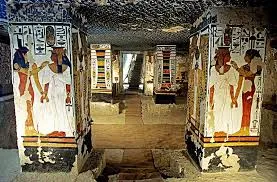


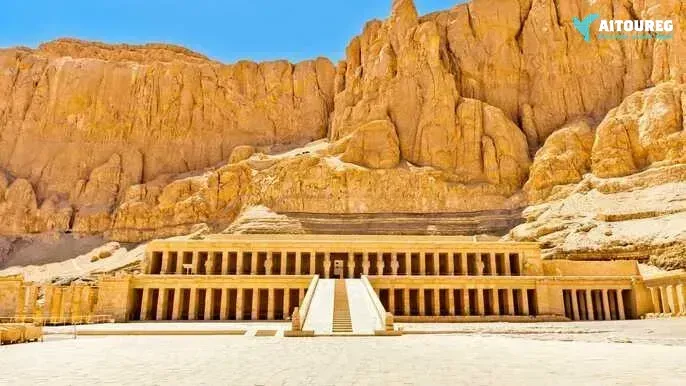
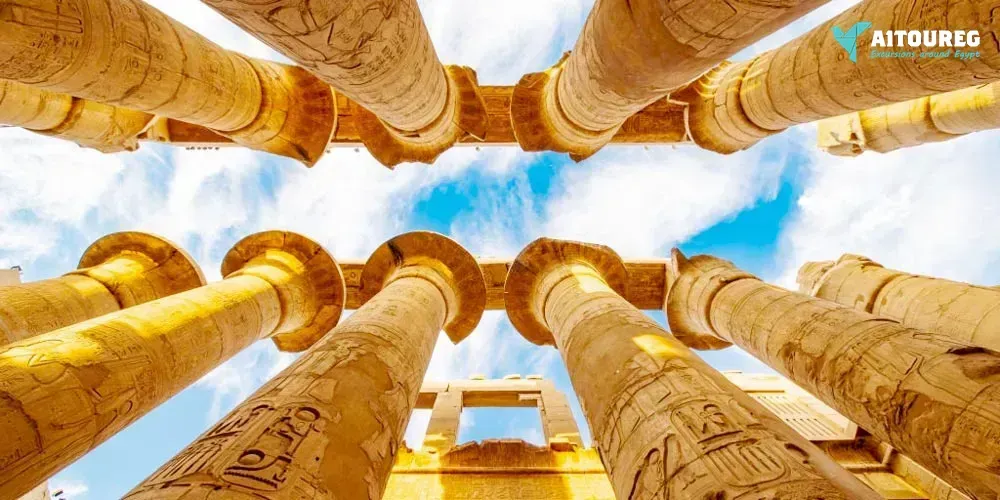





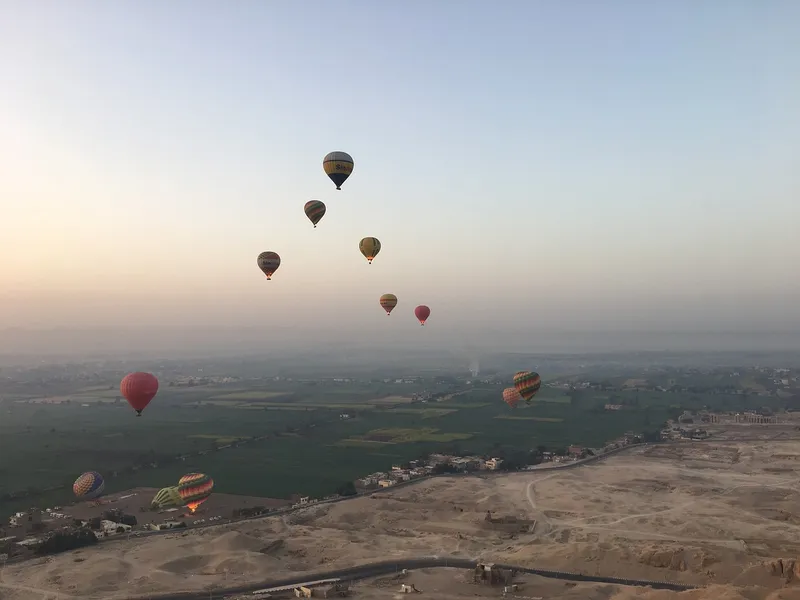


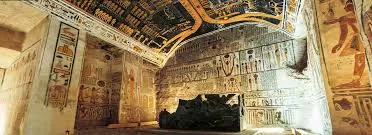
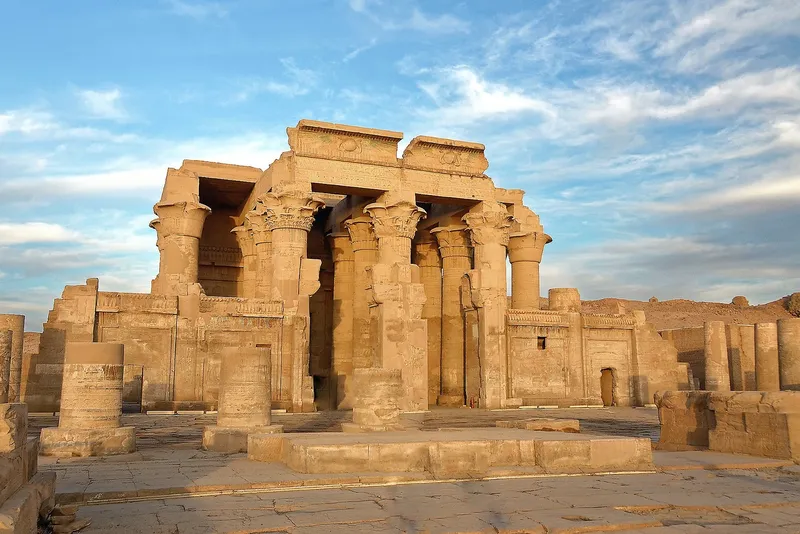

1) Pick up from Hotel
You will be picked up from your hotel in Hurghada at 05.00 by an air-conditioning coach to Luxor .280 K.m Hurghada -Safaga 60 K.m Safaga-Qena 160 K.m( Break in K.m 85) Qena- Luxor 60 K.m
2) The valley of the kings
You will cross the Nile to visit some of the most spectacular highlights. 1- Valley of the Kings: The final resting place of Egypt’s rulers from the 18th to the 20th dynasty, it is home to tombs including the great Pharaoh Ramses II and boy Pharaoh Tutankhamen. The tombs were well stocked with all the material goods a ruler might need in the next world. Most of the decoration inside the tombs still well preserved. , Luxor , and other sites of Thebes to the World Heritage List.
, Luxor , and other sites of Thebes to the World Heritage List.
. You will visit 3 tombs. If you wish to visit the Tomb of The young Pharaoh Tutankhamun It costs 30 $ Extra. 2-The valley of the queens: Valley of the Queens, also called Valley of the Tombs of the Queens, Arabic Wādī al-Bībān al-Harīm, or Wādī al-Harīm, gorge in the hills along the western bank of the Nile River in Upper Egypt. It was part of ancient Thebes and served as the burial site of the queens and some royal children of the 19th and 20th dynasties (1292–1075 BC). The queens’ necropolis is located about 1.5 miles (2.4 km) west of the mortuary temple of Ramses III (1187–56 BC) at Madīnat Habu. There are more than 90 known tombs, usually consisting of an entrance passage, a few short halls, and a sarcophagus chamber. The earliest may be that of Sitre, wife of Ramses I. The most notable are those of Nefertari, the favourite queen of Ramses II; of Princes Khaemwese and Amonhirkhopsef; and of a Ramesside queen called Titi. In 1979 UNESCO added the Valley of the Queens, the Valley of the Kings, Karnak
3) The Tomb of Nefertari
QV66 is the tomb of Nefertari, the Great Wife of Pharaoh Ramesses II, in Egypt's Valley of the Queens. It was discovered by Ernesto Schiaparelli (the director of the Egyptian Museum in Turin) in 1904. It is called the Sistine Chapel of Ancient Egypt.[citation needed] Nefertari, which means "beautiful companion", was Ramesses II's favorite wife; he went out of his way to make this obvious, referring to her as "the one for whom the sun shines" in his writings, built the Temple of Hathor to idolize her as a deity, and commissioned portraiture wall paintings. In the Valley of the Queens, Nefertari's tomb once held the mummified body and representative symbolisms of her, consistent with most Egyptian tombs of the period. Now, everything had been looted except for two thirds of the 5,200 square feet of wall paintings. For what still remains, these wall paintings characterized Nefertari's character. Her face received particular attention to emphasize her beauty, especially the shape of her eyes, the blush of her cheeks, and her eyebrows. Some paintings were full of lines and color of red, blue, yellow, and green that portrayed exquisite directions to navigating through the afterlife to paradise
4) The Alabaster Factory
The alabaster industry is one of the unique Egyptian crafts that developed and sustained through the sequential generations since ancient Egyptians. It represents the major source of income for many artisans working mainly in the west of Luxor . Yellow limestone, black granite, basalt, marble, and the national marmar are the most prominent materials used in this craft, brought from the mountainous region in “Qurna village” located at the west bank of Luxor , where the artisans live beside the temples and ancient civilization symbols to produce Pharaonic antiques fascinating tourists from different worldwide nations.
5) The Queen Hatshepsut temple
The Queen Hatshepsut temple :
Rising out of the desert Plain, in a series of terraces, The temple of Hatshepsut Mergs with sheer limestone Cliffs of the eastern face of the Theban Mountain as if Nature herself had built this Extraordinary monument.
6) Lunch in Egyptian Restaurant
Lunch in Egyptian restaurant -authentic delicious Egyptian food
7) Karnak temple
The Temple of Karnak is the largest ancient religious site known anywhere in the world, No site in Egypt is more impressive than Karnak
is the largest ancient religious site known anywhere in the world, No site in Egypt is more impressive than Karnak  . It is the largest temple complex ever built by man. It represents the combined achievement of many generations of ancient builders and Pharaohs. The Temple of Karnak
. It is the largest temple complex ever built by man. It represents the combined achievement of many generations of ancient builders and Pharaohs. The Temple of Karnak  is actually three main temples situated on 247 acres of land.
is actually three main temples situated on 247 acres of land.
8) Drive back to Hurghada
You will be transferred by a private air-conditioned vehicle to your hotel in Hurghada to end your day trip from Hurghada to Luxor All times are guidelines so no times are definite. you can adjust the suggested times individually.